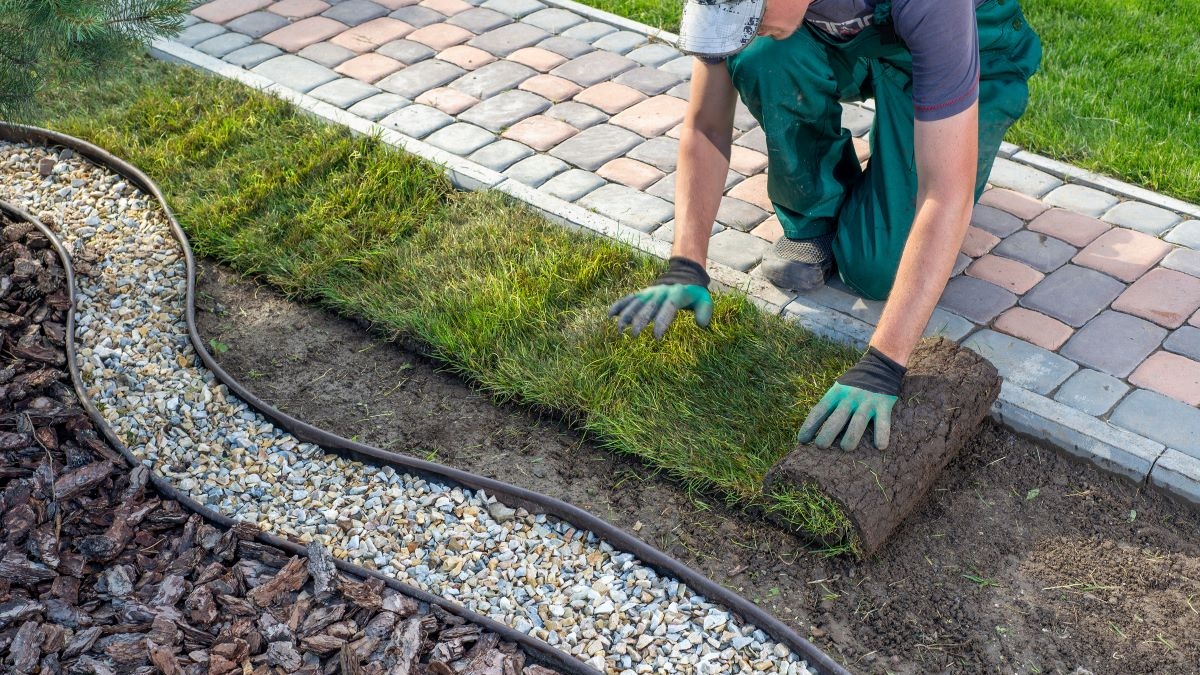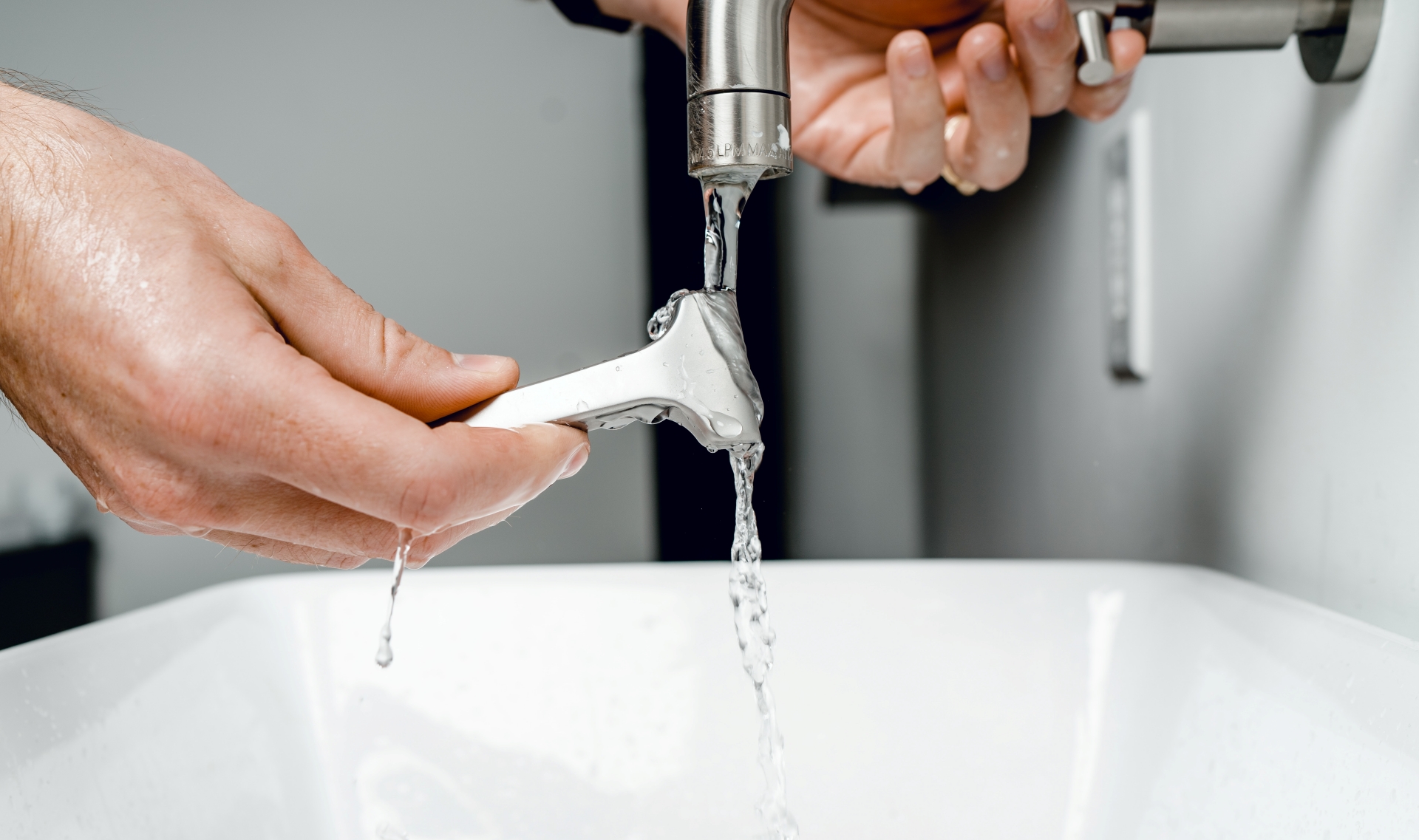If you’ve recently discovered that your home is unlevel, you may wonder what options are available.
When people think of foundational damage, many imagine the repair process must be disruptive, destructive, and expensive. This is a common misconception. This doesn’t have to be the case when done by a professional.
Slab jacking is a cost-effective way to fix subsidence with minimal hassle. Learning more about the slab jacking process gives you the know-how to identify the signs and contact an expert when problems arise.
What is slab jacking?
Slab jacking is a repair process designed to lift a sunken area by pumping material below it. The injected material places upward pressure on the surface, restoring it to its original level. This simple, non-invasive process can smooth a subsided structure in a short space of time.
Traditional leveling methods usually require lifting a house’s entire foundation. This is inconvenient, expensive, and disruptive. With most of these methods, the house will be uninhabitable for a long time during and after the repair process.
Slab jacking avoids these pitfalls by offering a time-efficient, affordable alternative to concrete leveling. The method promises to return the damaged area to normal quickly and with minimal disruption. This makes the technique ideal for people who don’t want their homes to be unusable for an extended period.
Historically, a mixture of Portland cement and topsoil was injected below the concrete to level and reinforce the surface. Unfortunately, cement has drawbacks – it’s messy, heavy, and takes a long time to dry.
Most experts use a polyurethane foam, which quickly expands to fill the gaps and dries in minutes. The polyurethane elevates the surface, fills in nooks and crannies, and hardens into a stable substance as hard as concrete.
Polyurethane is 97% lighter than cement, so the process is less invasive, and the material’s lightness means it won’t sink further into the ground.
How does the slab jacking process work?
The slab jacking process can be completed in a few simple steps:
- Several small holes are drilled into the subsided area.
- Polyurethane foam is injected into the holes.
- The recessed area rises until it is level with the rest of the surface.
- Any remaining holes are patched up.
The benefits of slab jacking
Slab jacking has several significant benefits compared with other methods of foundation repair.
- Slab jacking is extremely quick and efficient.
- Polyurethane dries in minutes, so customers can immediately use the new surface.
- The process is zero waste. No materials are discarded.
- Slab jacking is highly cost-effective.
- There is no disruption to the external environment.
- Slab jacking makes much less noise than traditional construction work.
What are the causes of an unlevel foundation?
Several factors could cause a home to become unlevel. Here are some of the primary ways that foundational damage occurs:
- Expansive soil (soil that expands and contracts in response to its water content).
- Tree roots.
- Construction sites or traffic vibrations.
- Severe weather.
- Inadequate fill soil compaction.
- Poor foundational planning.
When is it time to contact an expert?
Knowing some common signs of an unstable foundation can help you understand when to contact an expert. Be on the lookout for the following:
- Significant interior or exterior wall cracks.
- Sinking or uneven floors.
- Stuck or stiff doors and windows.
- Cracking floor tiles.
- The sinking ground on the exterior of the home.
Any of these signs could indicate that your house is subsiding. Getting in touch with an expert as soon as any problems arise is crucial. Even if you aren’t sure that a sinking foundation causes damage, it’s better to have peace of mind that your home is secure.
Realtor Darren Robertson also notes, “When preparing to sell a home, addressing foundation issues is crucial, as it can impact the property’s value and desirability. A home with a level and well-maintained foundation presents better curb appeal. Potential buyers may be deterred by visible signs of foundation problems, such as uneven or cracked floors, which can be addressed through slab jacking.”
If you’re aware of foundation issues, it’s advisable to address them before listing the home. A pre-sale inspection may uncover such problems, and addressing them proactively through slab jacking can prevent them from becoming a negotiating point during the sale process.
Is slab jacking expensive?
In short, no. Compared to many other foundation repair options, slab jacking is very affordable. This is because fewer resources are required to complete the task.
The amount you pay for slab jacking depends on some key considerations. An expert will assess the situation and base their quote on some basic observations.
- How accessible is the area?
- How large are the voids in the soil?
- How large is the area that needs to be lifted?
Once a professional has determined these factors, they can offer you an affordable, personalized quote.
An unlevel home doesn’t need to be the end of the world. Slab jacking can offer a permanent solution at an economical price point.











